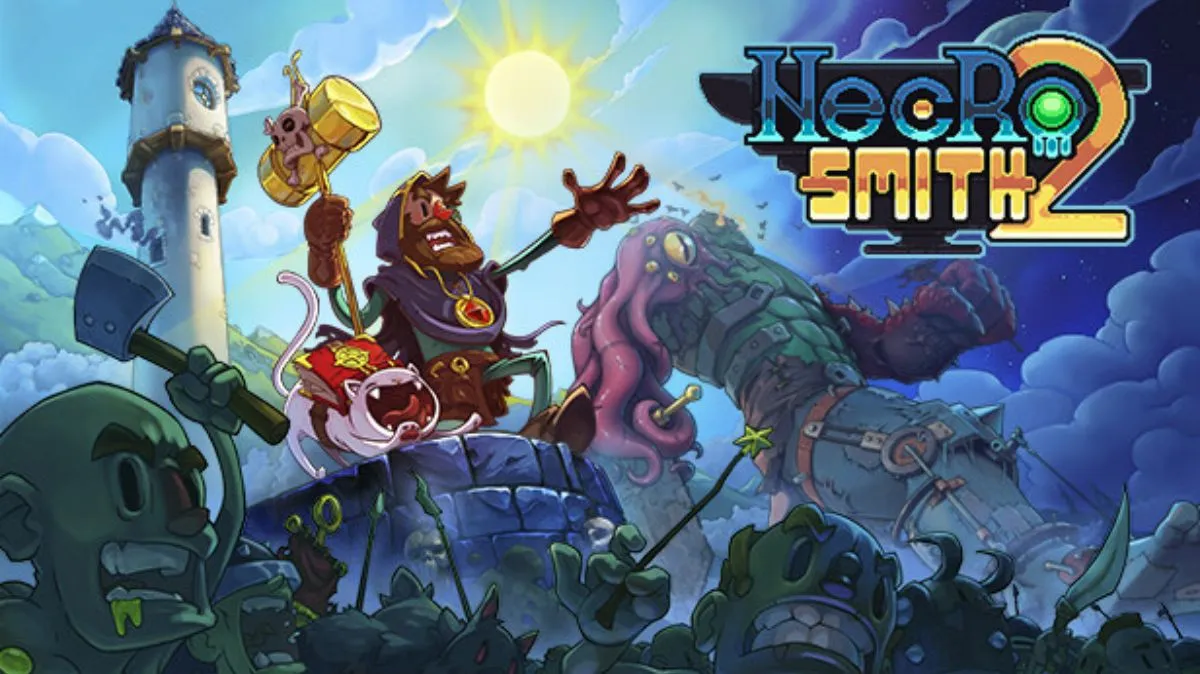I’ve spent about thirty hours with Hellgate: London in the two weeks since its release–enough time to conclude that the game’s debut should have been an auspicious event for Flagship Studios. Hellgate is, in many respects, wildly entertaining. Had it not been pushed out to store shelves early, it would have been heralded as the next big thing in the action RPG genre. It might be stuck with the lackluster review scores prompted by its problematic retail release, but Hellgate still has the potential to become a worthy successor to Diablo.
The brainchild of former Blizzard North luminaries and key creators of the Diablo titles, Hellgate includes the randomized levels, loot-heavy combat, and robust character development that made Blizzard’s hit title so addictive. And with features like a conventional 3D setting and shooter-inspired combat mechanics, Hellgate takes the genre into territory that Diablo clones like Titan Quest avoided.
Hellgate takes place in a near-future London ravaged by an influx of demonic invaders. It’d be a rather uninspired setting were it not for a well-implemented sci-fi angle that lends itself to some intriguing firearm-based combat. In addition to conventional firearms like sniper rifles and grenade launchers, Hellgate includes a host of esoteric guns, like the Harp Pistol, which does no damage but immobilizes enemies with an arc of energy, or the Locust Drive, which dispenses a swarm of angry insects. Conceptualized by Flagship as “spell delivery systems,” these and numerous other weapons nicely repackage traditional magic-based attacks.
This isn’t to say that Hellgate is a shooter. Two of the game’s six character classes are primarily hack-and-slash fighters, and equipping melee weapons automatically pulls back the camera to a third-person perspective. You can play in first-person view with ranged firearms equipped, but don’t be fooled by the onscreen targeting reticule. Dice rolls and stats determine damage, and it’s critical hits, rather than headshots, that matter. Aiming is usually more about enemy selection than accuracy.
It’s surprising how a few new combat options, a fully 3D environment, and an unstuck camera liven up Hellgate‘s Diablo-inspired formula. Combat is suddenly up close and personal, and the world feels more explorable and real. It’s a pity, then, that Hellgate‘s randomly generated environments lack the artistic flair and variety of hand-built game worlds. Its levels are always unpredictably constructed, but they tend to be visually repetitive. Hellgate doesn’t really capitalize on its namesake setting, either. Many of London’s famous locations are too bombed-out, burned-over, or randomized to retain their iconic appeal.
Hellgate‘s story is strictly quest-based, with key NPCs typically dispatching the player from combat-free subway stations to perform tasks in instanced treasure-laden, enemy-packed areas. Unfortunately, for every inventive story-based quest (and some of the key quests are truly clever), there are a half-dozen by-the-numbers RPG tasks that involve simple killing and fetching.
Story and quest structure are ultimately backdrops for Hellgate‘s main attraction, though: combat-driven, stat-heavy, visually rewarding character development. And this is where the game really shines. Though Hellgate features only six character classes, they’re widely divergent in terms of abilities. Summoners, for example wield exotic weaponry and can command packs of minions, while Blademasters mitigate low defenses with heavy melee damage and tactical skills. Marksmen utilize firearms and focus entirely on ranged combat. The character class skill trees aren’t especially deep, but there are still plenty of interesting abilities to unlock.
Hellgate rewards players with constant, varied item drops, and combining and rearranging the game’s numerous armor, weapon, minion, and character attributes for maximum effectiveness is hugely engrossing. Weapons are typically highly upgradable, and socket-based mod items like scopes, batteries, fuel cells, and magazines are actually displayed on firearms when equipped. In addition, each armor piece has a color scheme that can be transferred to a character’s entire outfit, so your gear never appears mismatched. Special dye kits allow even more dramatic effects.
Though Hellgate looks very good at full detail settings, it’s no graphical powerhouse. What it does do exceptionally well is render an incredible array of colorful onscreen combat effects. There’s a huge visual payoff to upgrading your character, as new abilities and attacks are typically accompanied by gratifying visual results. It’s remarkably rewarding to wade into combat with weaponry that creates seas of fire, pummels enemies with sparkles of electricity, and fills the air with clouds of poison. Hellgate also features some inventive and impressive enemies. Foes almost always attack on sight, but they often do so with style, swooping in from above or leaping forward in droves.
Hellgate‘s multiplayer component populates stations with other players, so hub areas feel lively and there are always others to interact, trade, or party up with. Once you leave the hub, it’s just you and your party members in an instanced environment. Partying up is a relatively simple process that can accommodate up to five players. You can play the entire game online without ever interacting with another player, however. You can also play the game offline, as an essentially identical singleplayer experience. In order to curtail potential cheaters, Flagship won’t let players move your singleplayer characters online, or vice-versa.
A number of common MMORPG headaches are mercifully absent from Hellgate. Its instanced structure ensures that you’ll never have to wait in line for a boss or item to respawn. Monsters who drop key quest items apparently have 100 percent spawn and drop rates, so there’s no tedious wandering and farming to complete quests. Though not all item drops are worth equipping, every single armor, mod, and weapon can be broken down into component parts and traded for high-level crafted goods in stations. And multiplayer loot distribution is handled by the game, so there’s no quibbling over important drops.
There’s plenty to love about Hellgate. Unfortunately, it has its share of inexplicably bad design choices, mostly related to the interface. Other players can only be added to your friend list if their character is logged in at that moment, for example. There’s an aggravating lack of inventory space, necessitating constant reshuffling of items. In addition, the immovable, ugly chat panel covers up a key portion of quest windows when open.
And then there are the bugs. Hellgate is already a significantly better game than it was two weeks ago, when the lion’s share of reviewers and players justifiably bemoaned its numerous technical flaws. With a series of patches and some new video drivers, my own Hellgate experience has gone from borderline broken to just moderately frustrating since release. I still encounter occasional game-crashing memory leaks, infrequent screen lockups triggered by inventory actions, and odd bugs like one that renders fellow party members invisible. But it’s getting better, and Flagship has openly acknowledged and expressed a commitment to fix the known problems. Time will tell, but if the past two weeks are any indication, existing problems may be resolved sooner rather than later.
I’m most skeptical about Hellgate‘s subscription service. While the retail game is playable online for free, it limits players to only three online characters. A $9.99 monthly subscription provides perks like more characters slots and increased in-game item storage. Subscribers are also promised exclusive content, including event-themed items, pets, and quests, and later on, access to new character classes, areas, raid instances, and more. Ongoing reports of subscription headaches (including billing errors and an inability to access exclusive content) are still cause for concern, however, and whether Flagship will deliver worthwhile subscriber content remains to be seen.
Hellgate‘s obviously premature release earned a lukewarm critical reception that, given numerous recent bug fixes, may already be undeserved. Even in its current state, it’s an appealing, rewarding, and addictive game. With a bit more fine-tuning its out-of-the box online component would be well worth the retail price. Were Flagship to completely iron out the wrinkles and start delivering some genuinely interesting exclusive content, Hellgate‘s subscription service could eventually become a no-brainer.
Adam LaMosca lives in Portland, Oregon. When he’s not stringing words together for The Escapist, he’s shuffling paperwork over at Gamers With Jobs. His personal website is lowspec.com.







